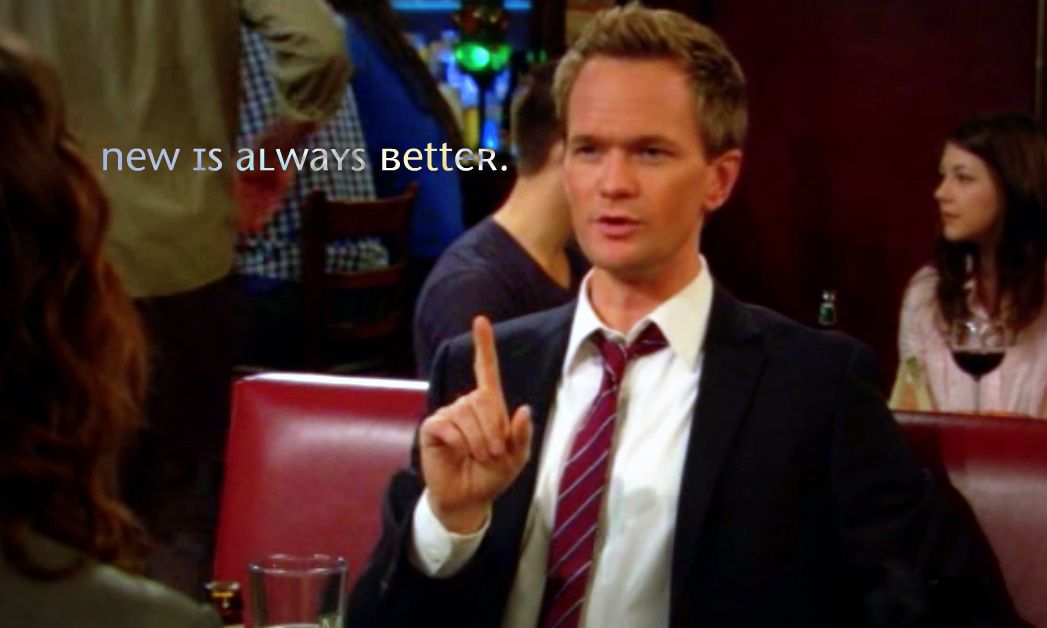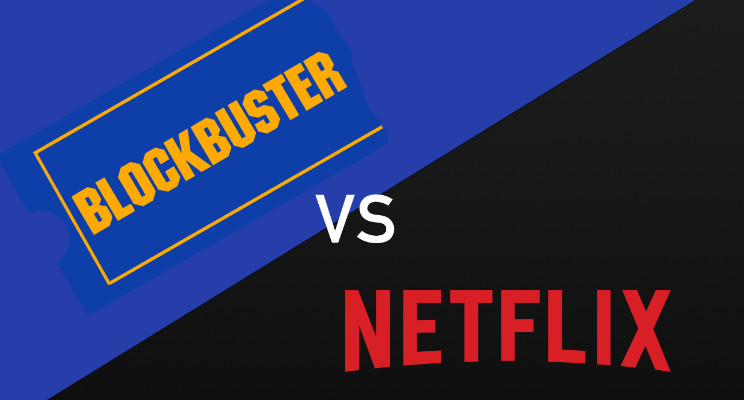Is Newer Always Better When It Comes To Your Advertising?
In the famous words of Barney Stinson ‘new is always better’. But in the world of advertising is this always true? Those in marketing can feel continually pressed to create new campaigns for their brand, shifting direction at the drop of a hat in search of the next big idea. The threat of ‘wear out’ (described as ‘the declining effectiveness of a campaign associated with increased exposure’) can be a real concern, marketers don’t want to waste budget and resources on an underperforming campaign, nor do they want to risk annoying their target audience.

But is this fear warranted? A 2012 study of 450 brands suggests not, as they found ‘wear-out in TV advertising is rare’, with evidence of the phenomenon only in 6% of cases. Similarly, a 2019 campaign measurement study found that ‘wear out only occurred in less than 5% of cases. In only 3% did irritation increase and the extent to which a commercial was liked, decrease. Whilst ‘the contact group that had seen the commercial more often, liked it more… [and] in 15% of cases the commercial was pulled off the air whilst still being in the wear in stage’. Furthermore, recent research suggests consumers have a higher threshold for advertising repetition (i.e. more than 10 exposures) than suggested by prior research. With the authors suggesting ‘the proliferation of media in the life of consumers today, at least in part, explains the differences between their results and long-held findings of prior meta-analyses’.
The fear of wear out although perhaps understandable may be less critical than marketers first thought. In cases this can lead to campaigns being prematurely pulled before they have a chance to achieve the desired result. Ads need time to resonate and connect with consumers, to leave a lasting impression. An emphasis on short-termism can be ‘undermining advertising effectiveness’ as Les Binet explains:
“if you want long-term growth, you’ve got to change people’s minds in some way. You’ve got to build up memory structures that will bias their behaviour into the future, and that’s a difficult and long-term job”
Georgia Phillips, COO of Luma Research puts forward a few considerations that help promote campaign longevity, which will benefit long-term brand building:
Balance wear out with decay
A suggestion is made that decay can be a bigger barrier than wear out in campaign effectiveness, meaning not long after being exposed to the ad, associations and feelings which should be triggered not longer have as strong an impact. Giving the campaign a ‘mini-break’ (e.g. a week or two) can be successful in retriggering desired responses.
Focus on creative
We have discussed previously and research suggests, campaigns with strong creative are more effective and therefore are less likely to cause consumer wear out. Ads with great creative are often built upon long-lasting insights and creativity.
Think of this Eclipse Chewy Mint ad which first launched in 2012 and still runs intermittently to this day, highlighting creative campaigns are enduring.
Refresh the creative don’t change it
When the need for new advertising arises, leveraging past campaigns and similar constructs is a great way to keep the brand fresh whilst maintaining messaging to reinforce brand perceptions.
A perfect example of this Snickers ‘You’re not you when you’re hungry campaign’, which over many years has used a variety of scenarios / celebrities across different adverts to keep consistent messaging but in new and innovative ways.
…
New ideas are great, and creativity must be encouraged, but they shouldn’t come at the expense of long-term planning and a sustained brand direction.



